pepper, the popular spicy maker, is now the most widely traded spice. This is not surprising, because it refines almost every dish and gives the meal the right kick. The pepper provides a slightly burning, spicy taste.
What you should know about pepper

The black, green, white or red pepper is obtained from the berries of the pepper bush and is available all year round. The evergreen climber grows up to ten meters high, on trees or climbing aids. The growing areas include India, Indonesia, Vietnam, China, Cambodia, Malaysia, Thailand and Brazil.
For the black pepper, the green, unripe and unpeeled berries are dried so that the peppercorns that then turn black are very hot. This is ensured by piperine, which is in the shell and in the top layer. The white pepper is made from the ripe red grains that are peeled through fermentation and have a milder and gentler flavor. However, white pepper also has full heat. The grains acquire their yellow-white color when they dry.
Green pepper is an unripe berry that is often pickled in brine or vinegar or freeze-dried and has a pleasantly fresh, fruity and sour-spicy taste. Alternatively, the berries are dried very quickly at a high temperature. The green pepper goes very well with hearty dishes as well as butter and cream sauces. The red pepper consists of ripe and unpeeled fruits that are pickled in brine. This interrupts the fermentation process. This pepper is sweet and fruity, with an intense heat.
Importance to health
Pepper is of course primarily an indispensable spice for preparing hot-tasting dishes, but it also has an important role in health. Pepper has been used for various gastrointestinal complaints since ancient times. When consumed, for example, indigestion and gas are dispelled.
The digestibility of heavy meals is also improved. The spice also has an invigorating effect, increases blood pressure, increases blood circulation and can help with loss of appetite because it stimulates the flow of saliva. The pepper is also able to inhibit inflammation and eliminate colds, because the cough dissolves faster and easier with pepper if a little pepper is added to the hot milk with honey. If you have a stuffy nose, pepper will help if it makes you sneeze when you breathe. The mucous membranes are also freed from harmful substances. In the event of a sore throat, cold or bronchitis, a little ground pepper and two teaspoons of honey should be boiled with milk and drunk twice a day. If you have a fever, two teaspoons of black peppercorns are crushed and brought to a boil with two tablespoons of sugar and 0.5 liters of water.
This is boiled down over low heat until the amount is only equivalent to the contents of one cup. One tablespoon is taken throughout the day. However, only half should be prepared for children. If constipated, a teaspoon of the pepper can be added to mint tea and drunk slowly. The amides they contain help the liver to detoxify. The piperine contained in pepper gives the spice its sharpness, but it also helps with cramps and rheumatic pains. In addition, pepper has a positive effect on fat burning. The contained piperine also combats impure skin. People who freeze quickly should also eat more pepper because it warms up from the inside.
Ingredients & nutritional values
Pepper contains essential oils that have an antibacterial effect and support liver function, starch and flavonoids, which are secondary plant substances. 100 grams of pepper has around 280 calories, 10 grams of protein, 3 grams of fat, 50 grams of carbohydrates and 12 grams of fiber. Furthermore, the minerals potassium, calcium, sodium and magnesium are contained in pepper.
Intolerances & allergies
The real pepper usually has no side effects. Systemic food allergies from consumption rarely occur. Some people suffer from salicylate intolerance. This substance is contained in pepper.
Shopping & kitchen tips
It is advisable to always buy whole grains of pepper, which are then freshly ground if necessary. Pepper that is already ground has a lot less flavor. The grains should only be ground shortly before seasoning the food, as the aroma of the ground pepper also dissipates quickly.
The natural, valuable essential oils of the peppercorns are then released. Much of the aroma has usually been lost in ground pepper that can be bought in the supermarket. Pepper is best stored in a cool, dark, dry and sealed place. The hot piperine it contains is particularly sensitive to light. The peppercorns last longer than pepper that has already been ground. They should not be stored near a stove, as the water vapor generated during cooking can not only lead to the spice clumping, but also to mold. Therefore, the pepper should not be seasoned over a steaming pot or plate.
In order to fully enjoy the aroma of the pepper, it is advisable to add the ground spice at the end of the cooking time. Whole peppercorns, on the other hand, can be cooked in the dishes. The pepper is commercially available in various quality classes, which are defined by the size, color, weight, aroma and sharpness of the grains.
Preparation tips
The pepper is popular worldwide as a spice. No wonder, because it can be used for almost any dish. That is why pepper has become an indispensable part of the kitchen, just like salt. Almost all dishes would be bland without pepper. The only question that remains is which pepper is best for which dishes.
The green pepper goes very well with Asian spices, for example sauces, poultry, roast pork, roulades, fish and seafood. The use of pepper makes meat dishes particularly digestible. The black pepper is universal, because it seasoning soups, sauces, meat, game, poultry, fish and seafood, but if necessary it also gives an interesting touch to desserts. White pepper can be used to season light cream sauces, white meat, seafood, soups and potato dishes.
Red pepper can be used for marinating and decorating. But it is also suitable for chocolate desserts and game dishes. The use of the spice is easy to remember as follows: Black pepper seasoning the dark and white pepper the light dishes. Pepper is a real all-rounder and for this reason belongs in every spice rack.



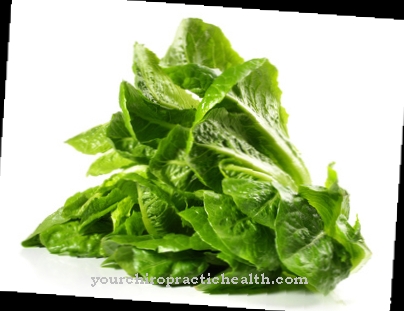
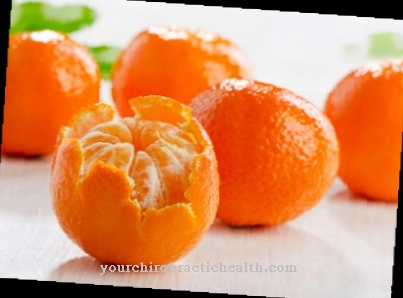
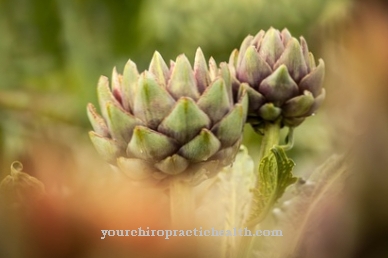
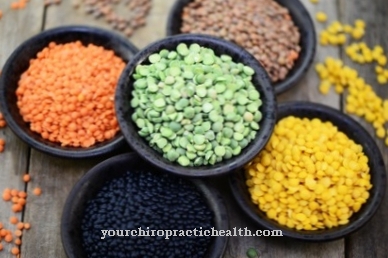

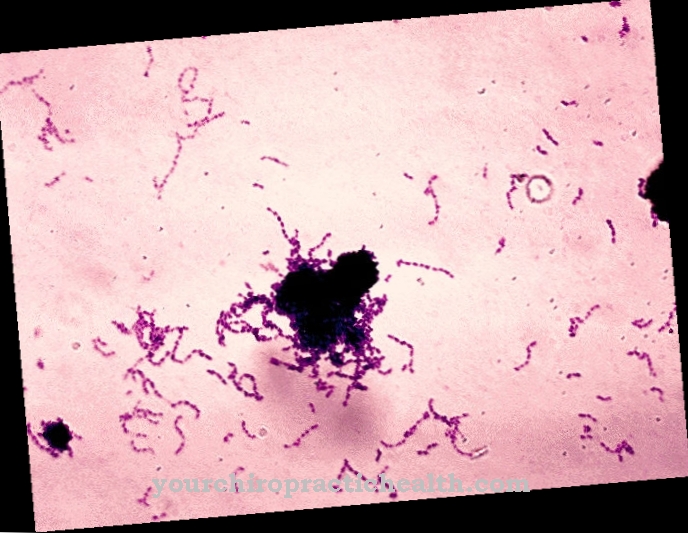








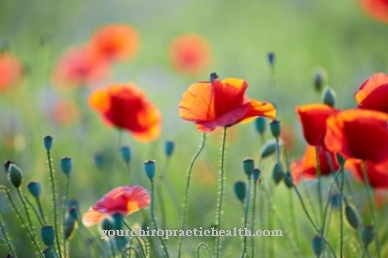






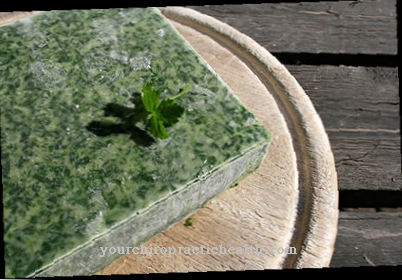

.jpg)

